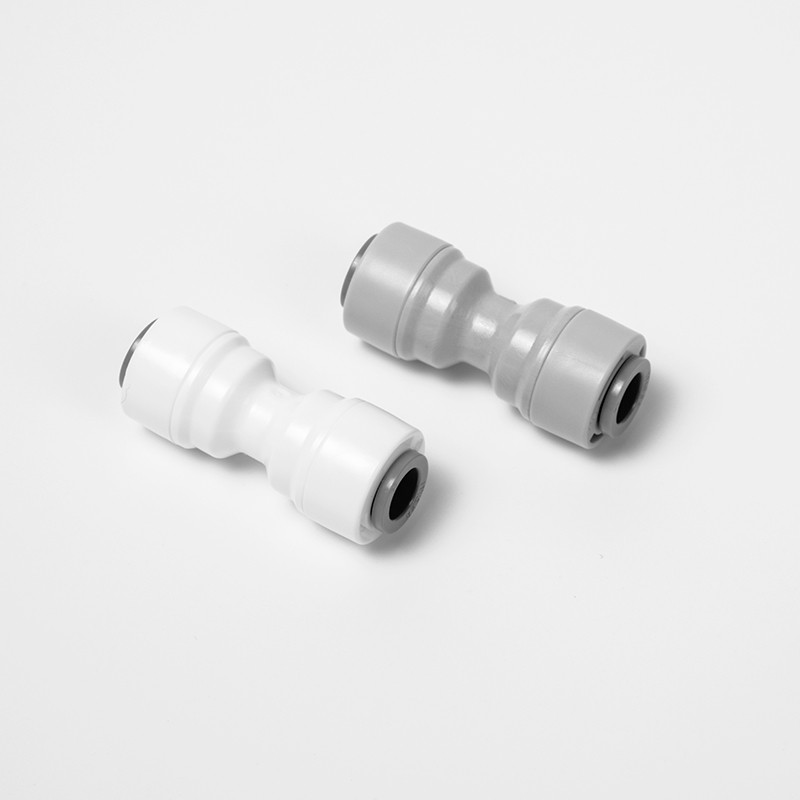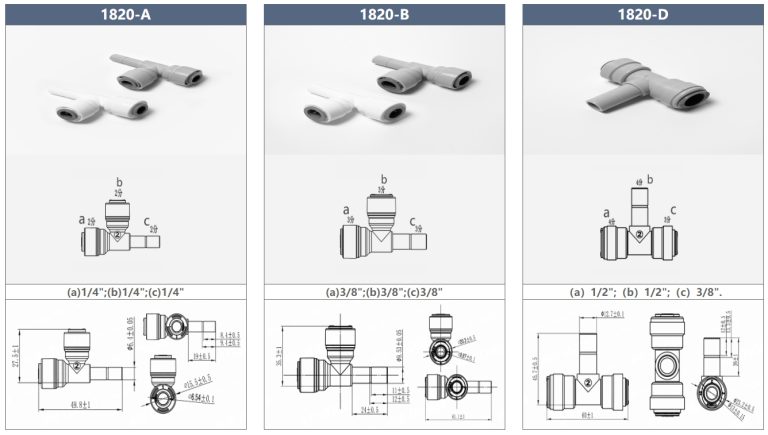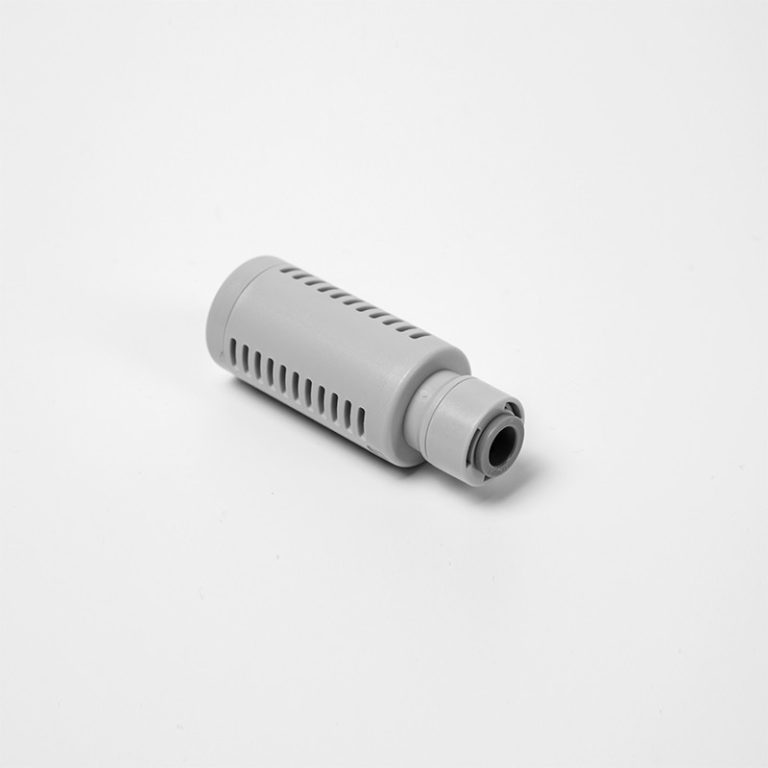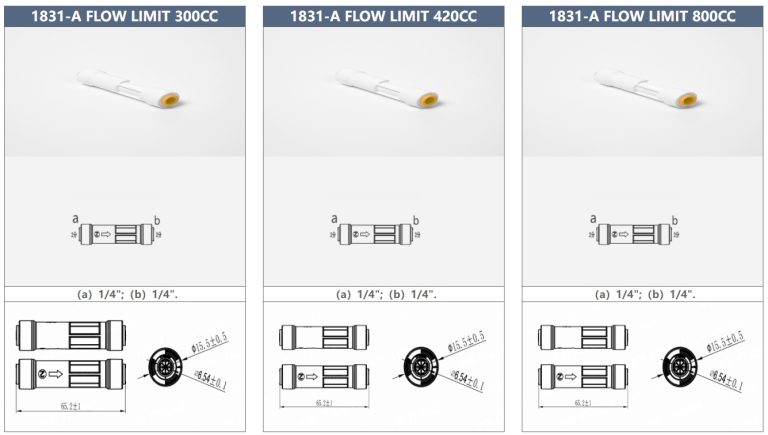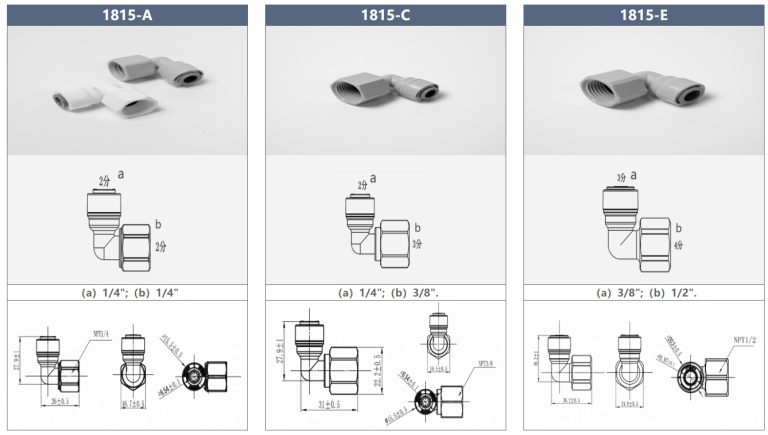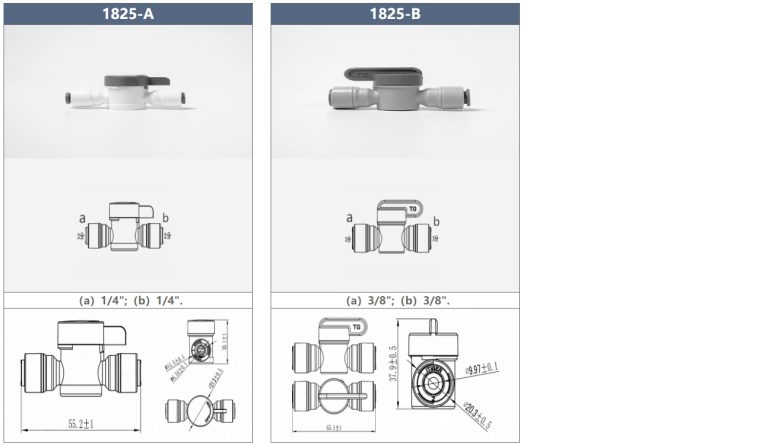“Secure your electrical system with PVC conduit – glued for lasting protection.”
Pros and Cons of Using Glue with PVC Conduit
PVC conduit is a popular choice for protecting electrical wiring in residential and commercial buildings. It is lightweight, durable, and easy to work with, making it a preferred option for many electricians and contractors. When installing PVC conduit, one common question that arises is whether or not it should be glued together.
Gluing PVC conduit is a common practice that helps ensure a secure and watertight connection between the pieces. The glue, also known as solvent cement, creates a strong bond that prevents the conduit from coming apart over time. This is especially important in outdoor installations where the conduit is exposed to the elements and needs to withstand harsh weather conditions.
One of the main advantages of using glue with PVC conduit is that it provides added strength and stability to the overall system. By securely bonding the pieces together, the conduit is less likely to shift or break under pressure, reducing the risk of damage to the wiring inside. This can help prevent costly repairs and ensure the safety of the electrical system.
Another benefit of gluing PVC conduit is that it helps create a watertight seal that protects the wiring from moisture and other environmental factors. This is crucial in outdoor installations where water can seep into the conduit and cause damage to the electrical components. By using glue to seal the joints, you can prevent water from entering and ensure the longevity of the system.
On the other hand, there are some drawbacks to using glue with PVC conduit that should be considered. One of the main concerns is that once the conduit is glued together, it is difficult to make changes or repairs to the system. If you need to add or remove a piece of conduit, you may have to cut it out and replace it, which can be time-consuming and costly.
Additionally, if the conduit is not properly aligned when glued together, it can create a weak spot in the system that is prone to failure. This can lead to leaks, electrical shorts, and other issues that can compromise the safety and functionality of the electrical system. It is important to take care when gluing PVC conduit to ensure that the joints are properly aligned and securely bonded.
| Model | Tube(a) | Stem(b) |
|---|---|---|
| 1801-A | 1/4 | 1/4 |
| 1801-C | 1/4 | 3/16 |
In conclusion, gluing PVC conduit can be a beneficial practice when installing electrical wiring systems. It provides added strength, stability, and protection against moisture, helping to ensure the longevity and safety of the system. However, it is important to consider the potential drawbacks, such as limited flexibility for changes and the risk of weak spots in the system. Ultimately, the decision to glue PVC conduit should be based on the specific needs and requirements of the installation.
